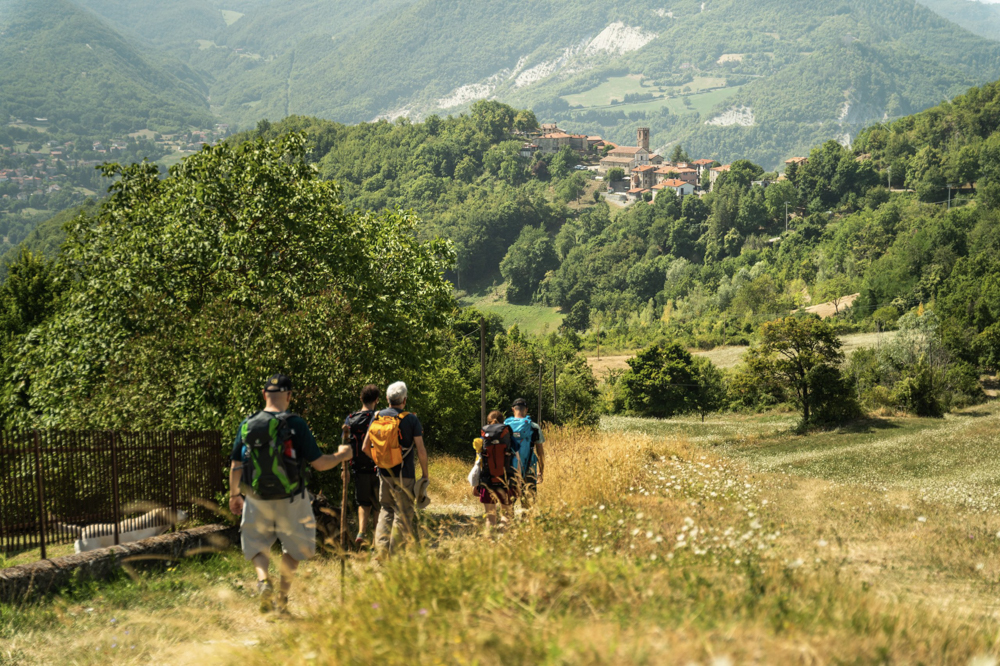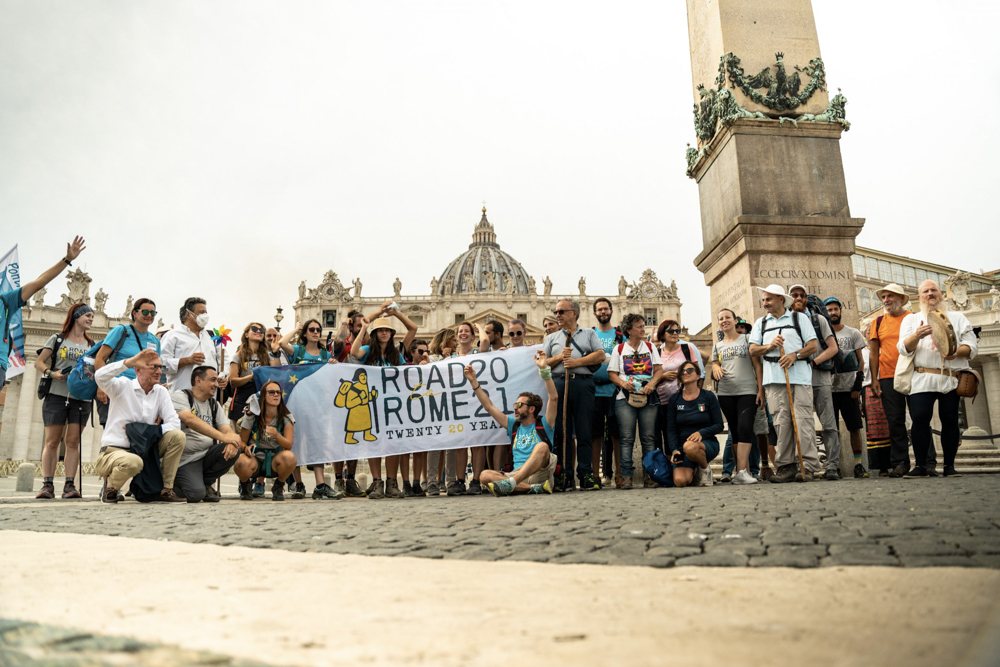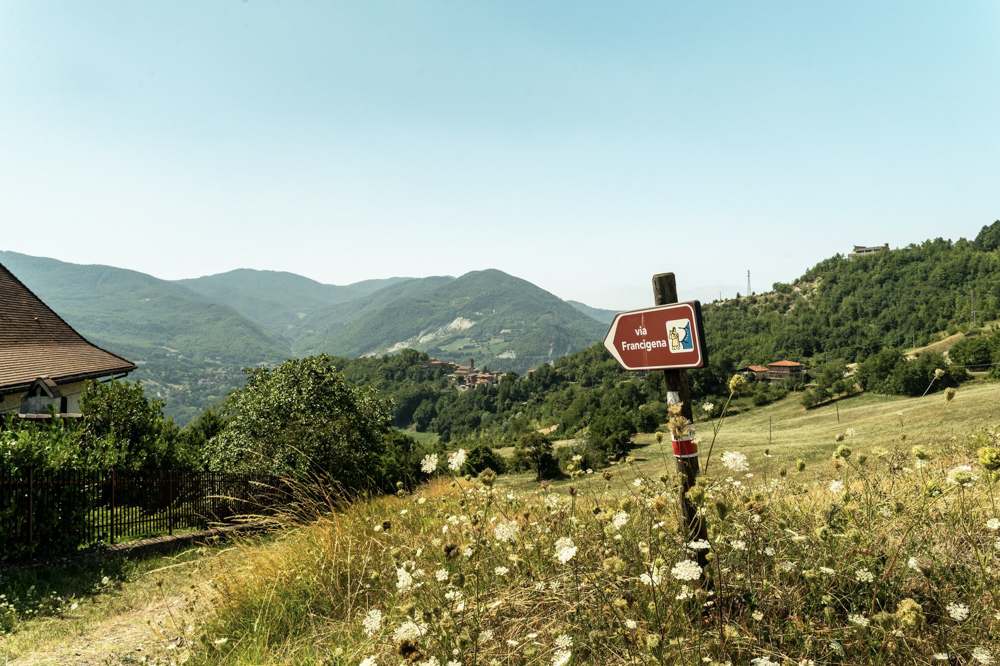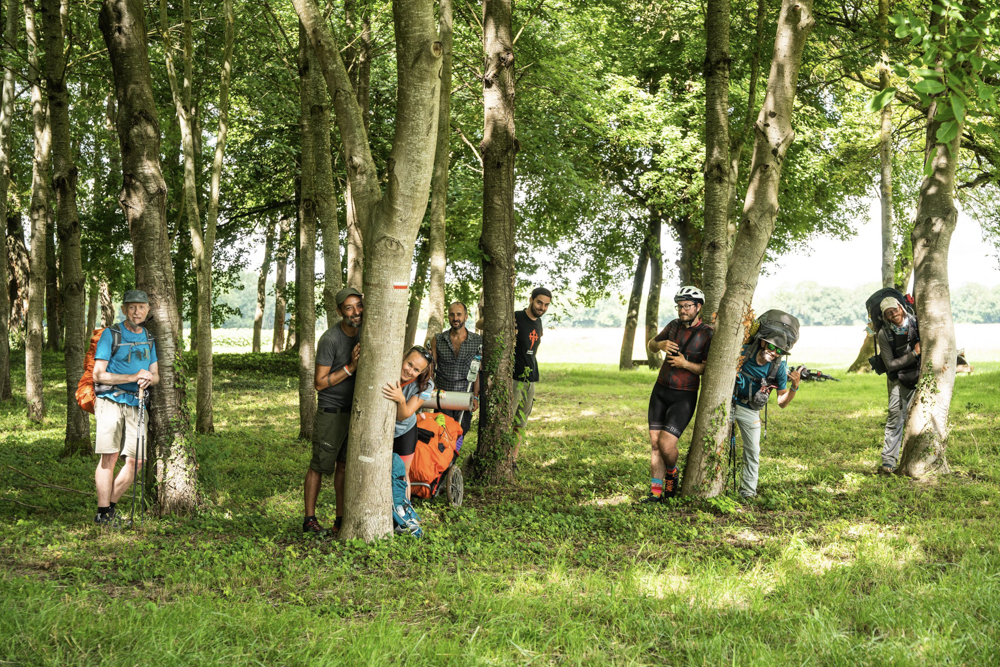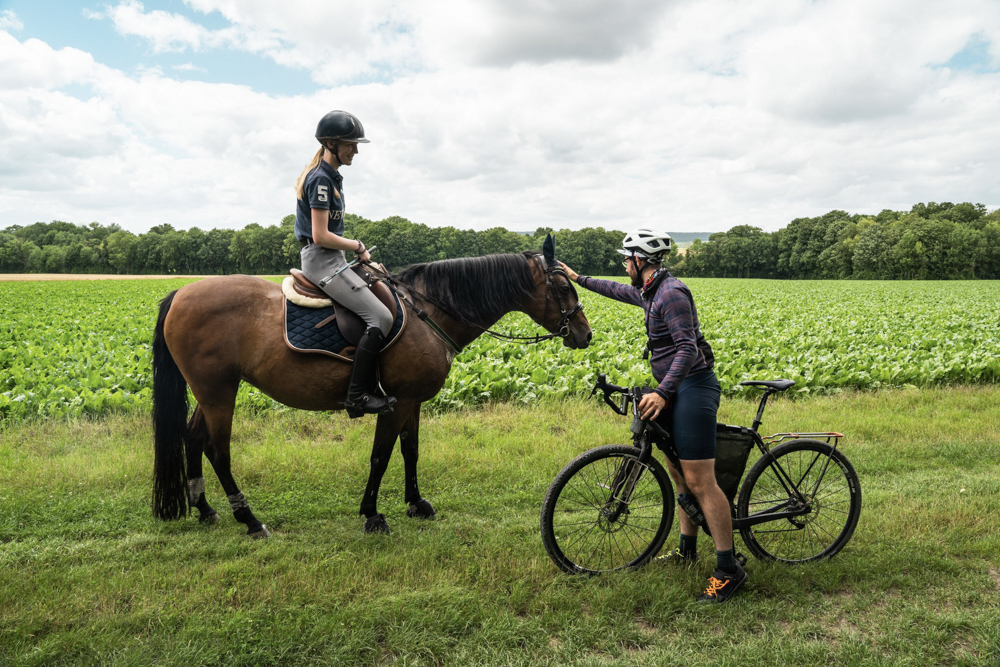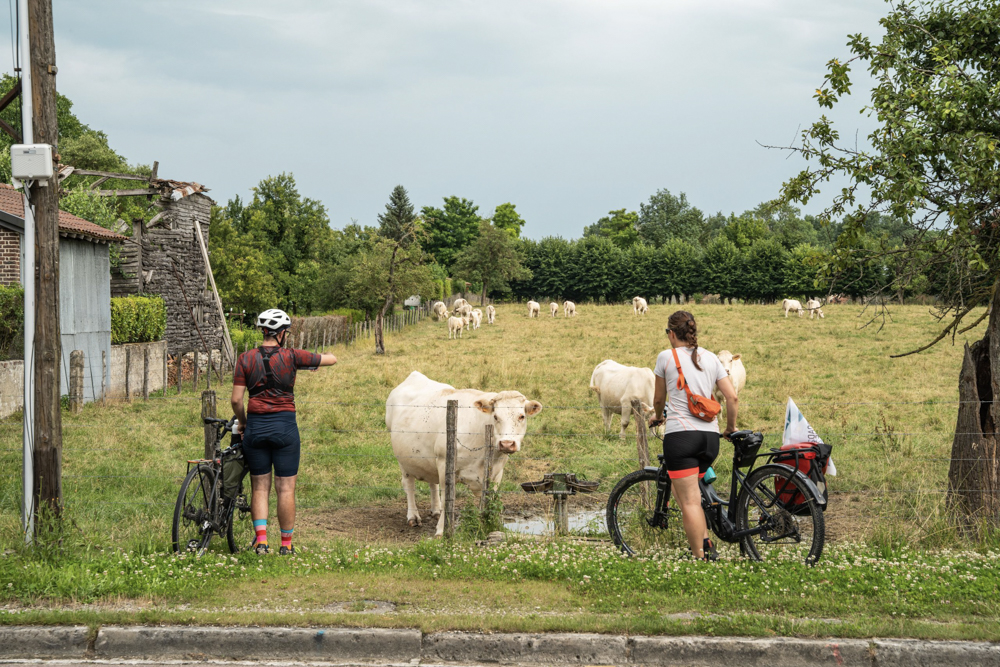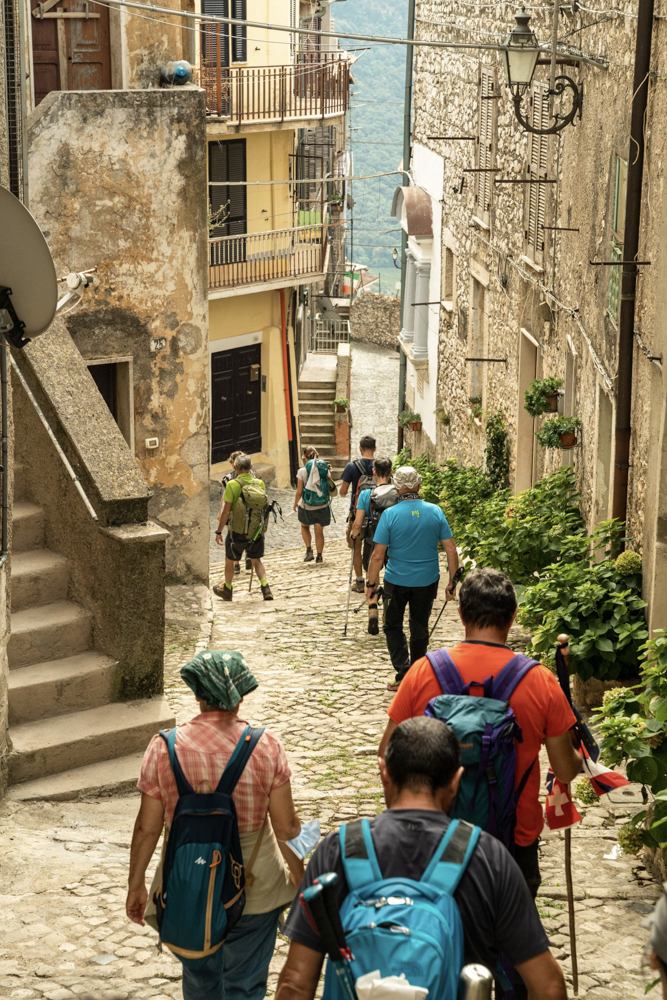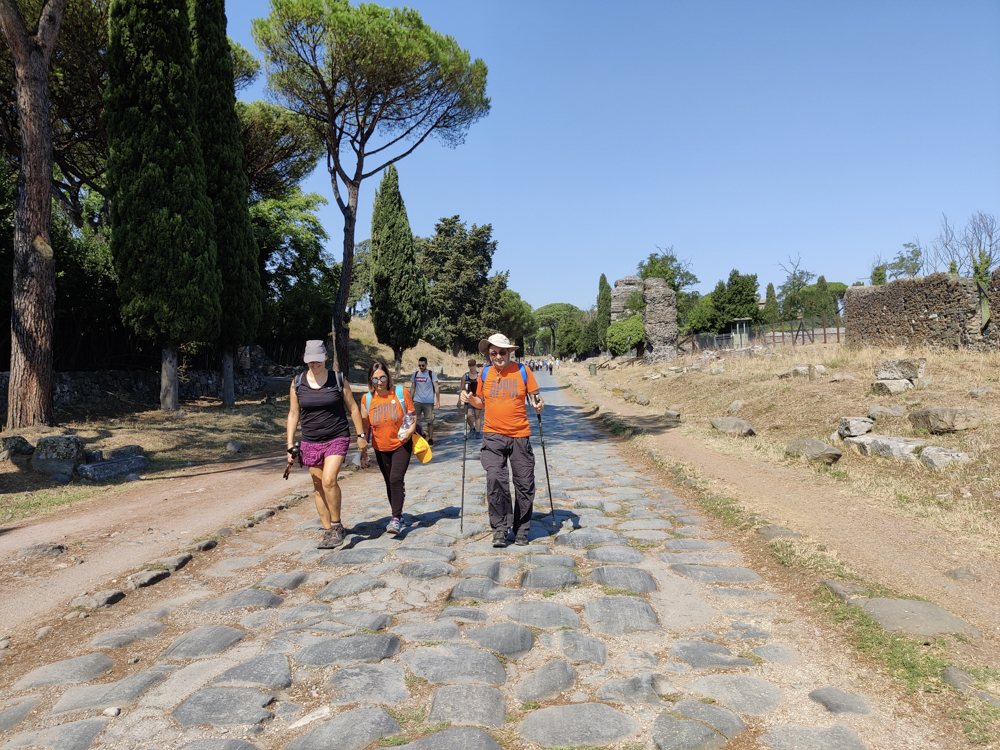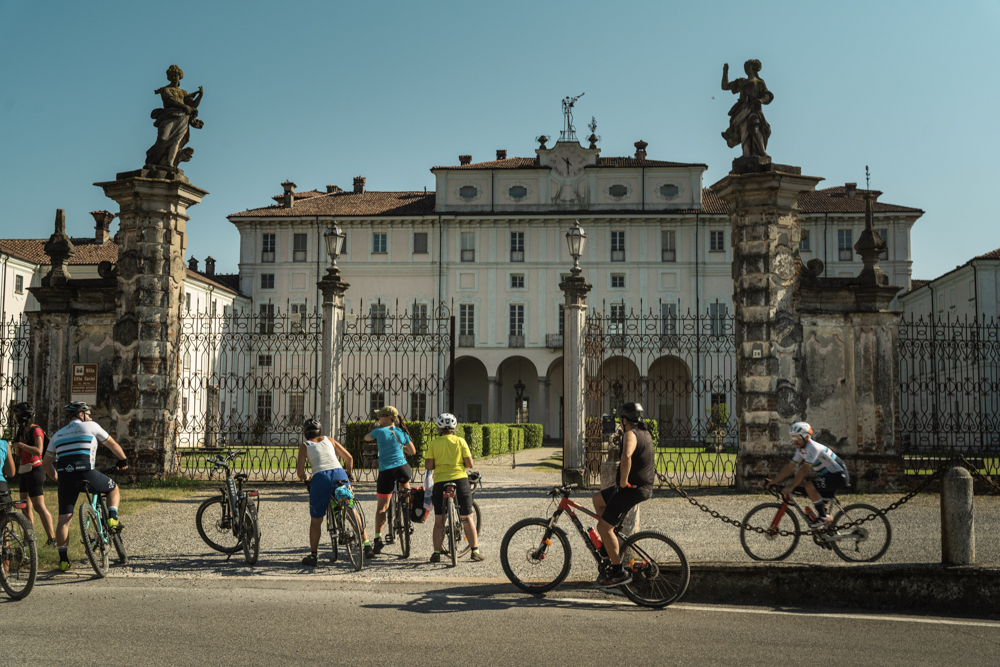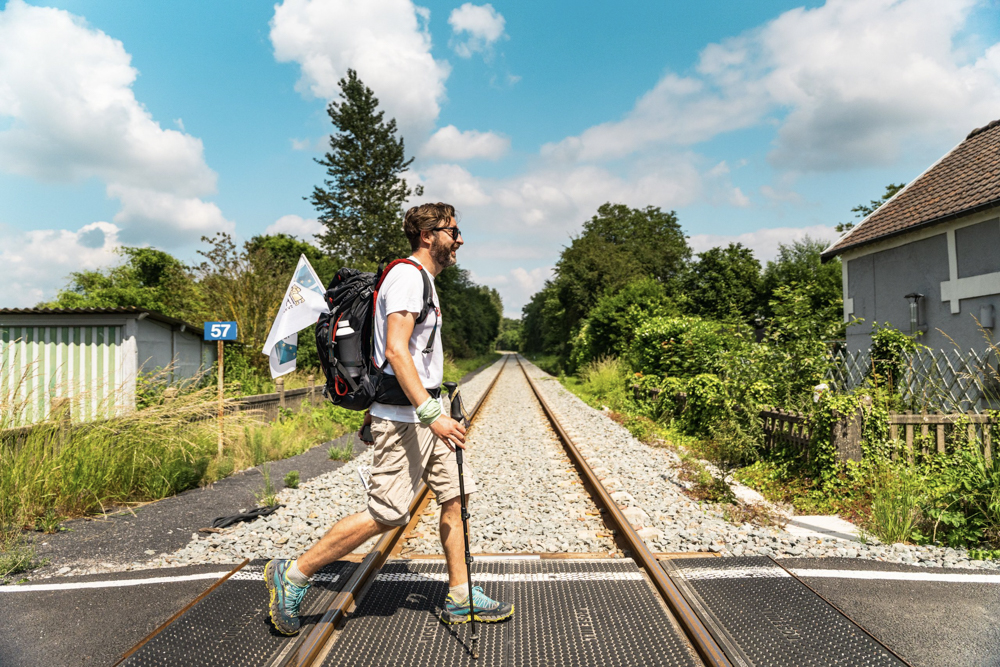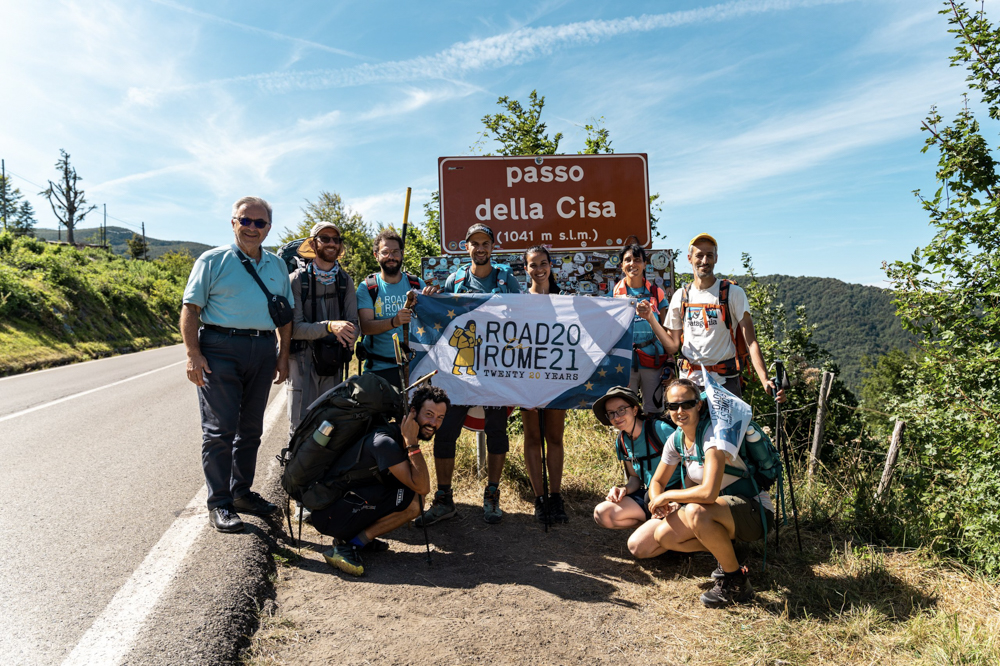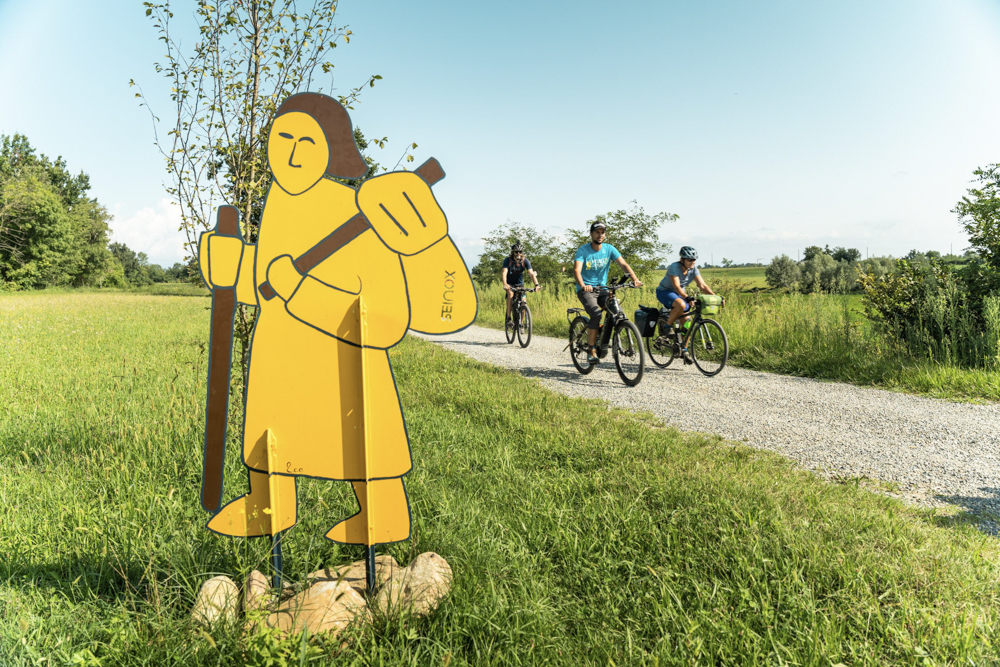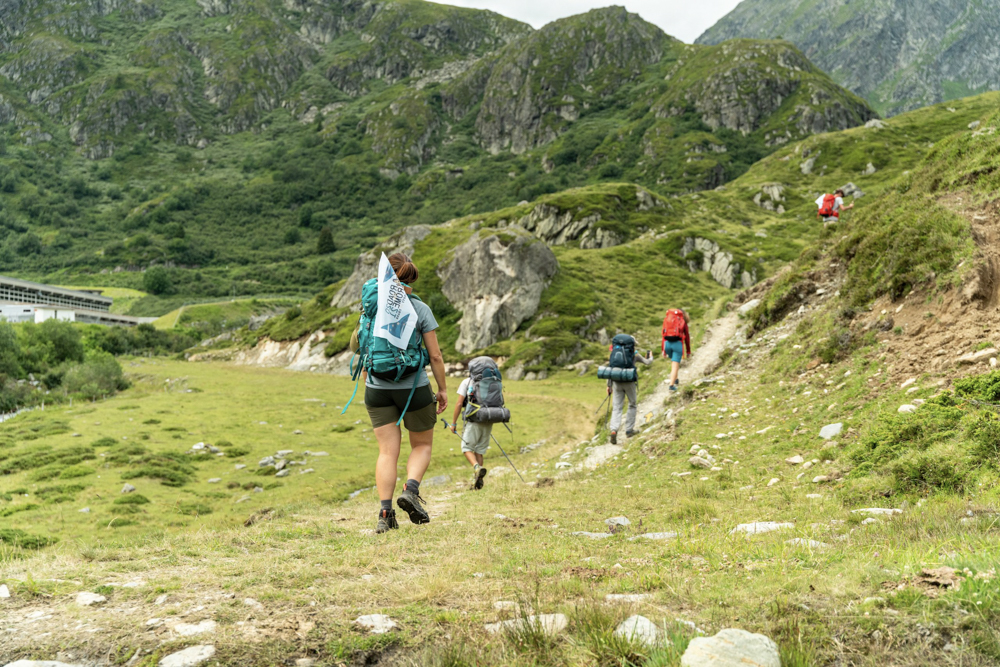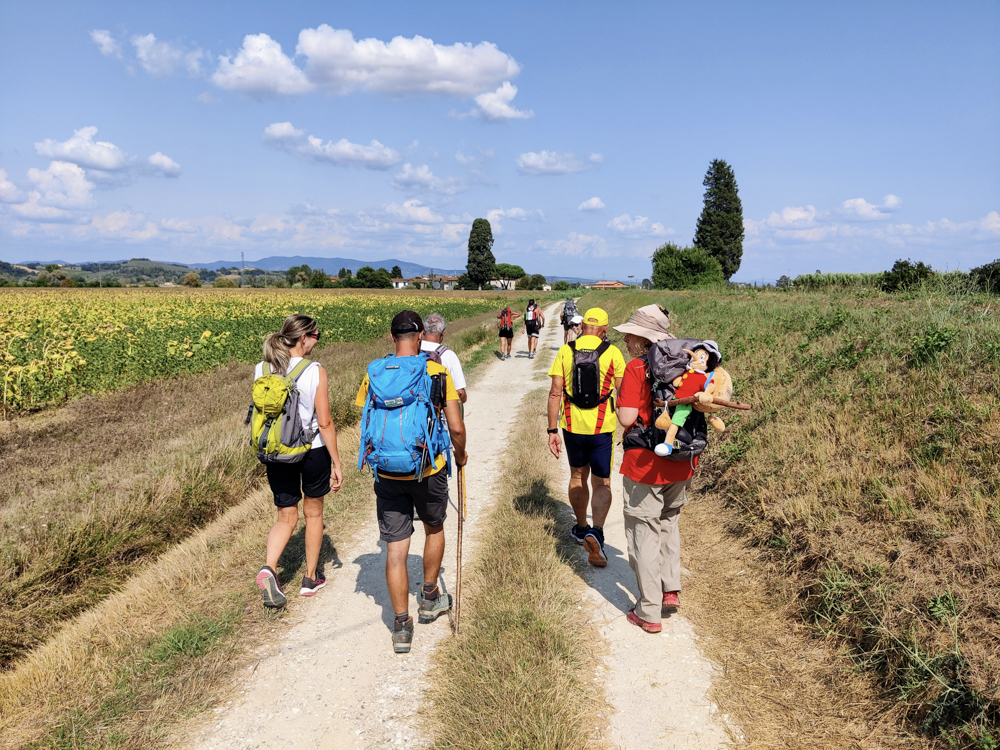We receive and gladly publish this article, by Nicole Franciolini, about the Vie Francigene project that Skal Roma supports in the Skal International Sustainability Awards 2023 and the Skal Europe Awards for Sustainable Tourism.
The ancient European pilgrimage routes, including the Via Francigena and Camino de Santiago, are not only steeped in history but also hold immense potential for sustainable tourism in Europe.
These revered paths, once significant conduits for economic and social development, have been rediscovered since the 1980s and now offer unique opportunities for slow-paced exploration, predominantly on foot or bicycle, by travellers of all ages and motivations.
With names like Via Francigena, Camino de Santiago, and St. Olav route, these legendary routes have been central to the journeys of pilgrims in the Middle Ages who sought destinations such as Rome, Santiago de Compostela, and Nidaros. Today, these routes have gained renewed attention as they foster cultural exchange, cross-border relationships, and economic growth. They are a focus of the Cultural Routes of the Council of Europe program, which includes Via Francigena among its 47 designated cultural routes.
The significance of these pilgrimage routes extends beyond the cultural realm; they are also engines of sustainable tourism.
The “rurAllure” project, a Horizon 2020 initiative spanning over 11,000 km through 24 countries, seeks to promote cultural heritage along and near these routes. Recognizing the sustainability achieved through these paths, the project competes for the prestigious Skal Sustainable Tourism Awards in 2023 as a “Major Tourist Attraction.”
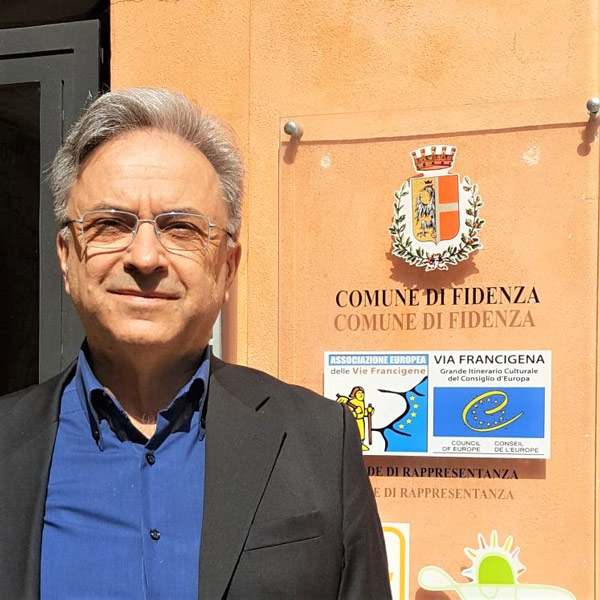
Massimo Tedeschi, the President of the European Association of the Via Francigena Ways (EAVF), emphasizes that they strive to provide “An experience that represents relaunch, awareness about the material and immaterial heritage – the intercultural dialogue by the people who meet along the route, and enhancement of the European values and diversity”.
The EAVF, holding the Council of Europe’s certification as a “carrier network” for protecting and enhancing Via Francigena, actively supports the rurAllure project and brings attention to its intricate network of routes, including other paths leading to Rome. These routes, many certified by the Council of Europe under its Cultural Routes program, form a European mosaic of richness and diversity that synergistically contributes to the UN Sustainable Development Goals.
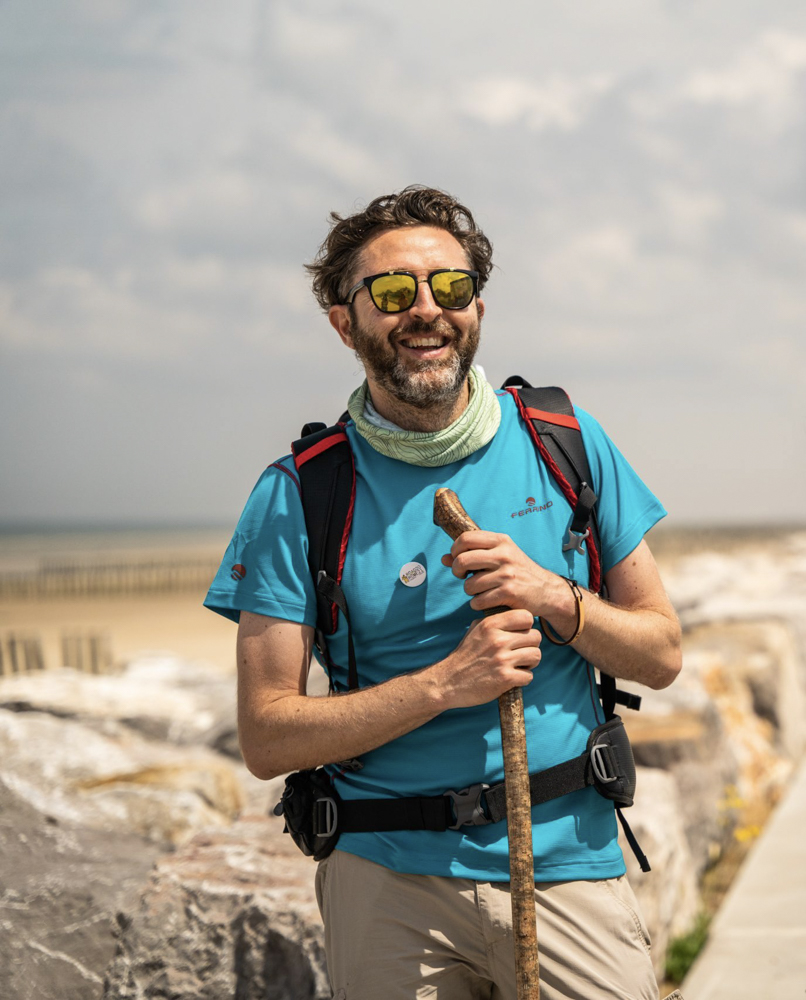
Luca Bruschi, EAVF Director, highlights the positive impact on various sectors and local activities: “They offer the possibility of practising tourism that is sustainable both from the environmental point of view, having a minimal environmental impact and creating a favourable dimension for conservation. From the economic aspect, it involves different sectors and local activities, with a positive impact especially visible in rural areas”,
Beyond the economic and environmental dimensions, these pilgrimage routes hold a profound social significance. They connect people, values, knowledge, and cultures, fostering dialogue and exchange that enriches all involved. The essence of these routes is encapsulated in the message to slow down and enjoy the journey. In a society characterized by a relentless pace, these paths encourage travellers to become temporary residents, immersing themselves in the experience, while the locals actively participate as hosts, not mere spectators.
The success of tourism along these routes owes much to the support from local authorities and communities. Countless associations, often operated voluntarily, assist pilgrims on their journeys, ensuring well-maintained trails, marked routes, and warm hospitality. Such collaboration creates a harmonious environment where everyone benefits, proving to be a key driver behind the growth of sustainable tourism along pilgrimage routes in recent years.
In conclusion, the Via Francigena and European walking routes exemplify sustainable tourism at its finest. As these paths promote cultural exchange, environmental conservation, and economic prosperity, they also foster meaningful connections among travellers and locals, enriching the overall experience. In a world striving for sustainability, these ancient pilgrimage routes continue to guide us towards a more responsible and harmonious approach to tourism.
